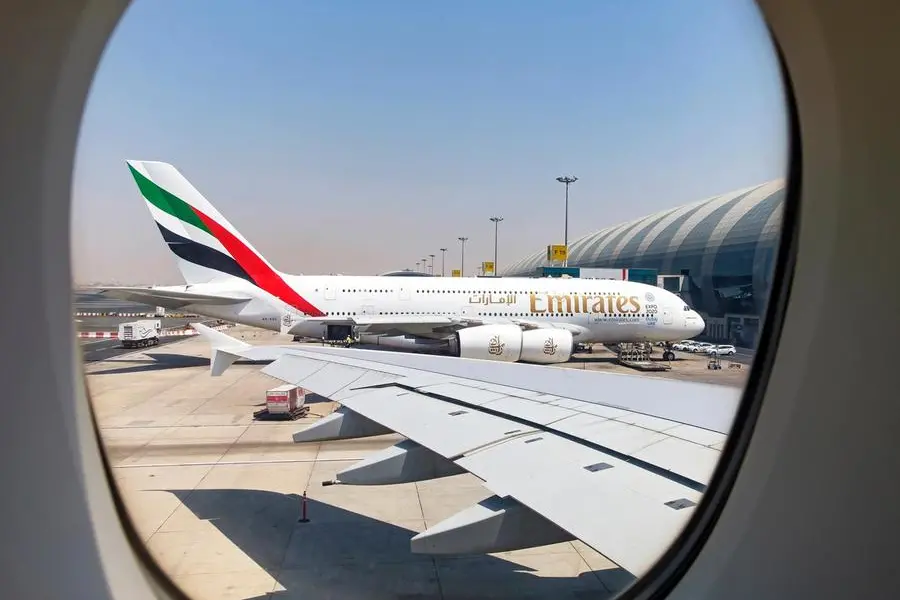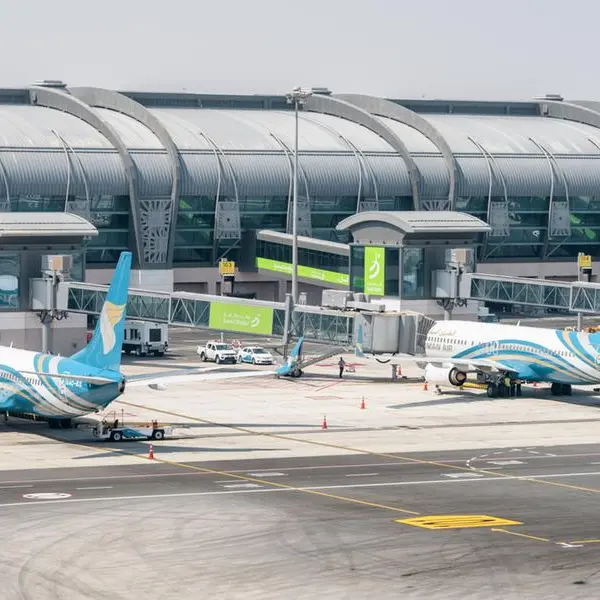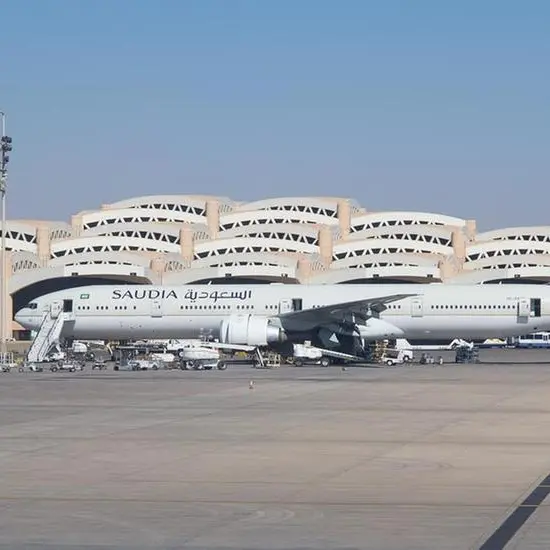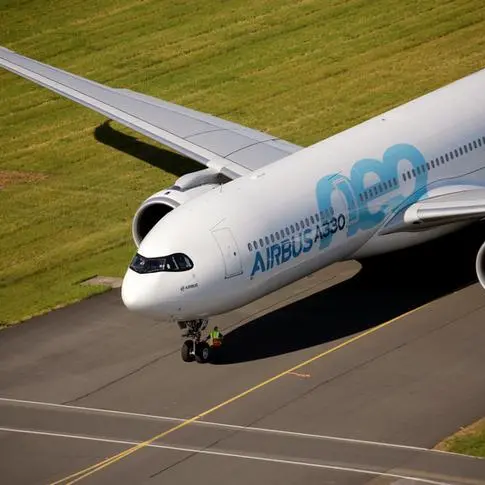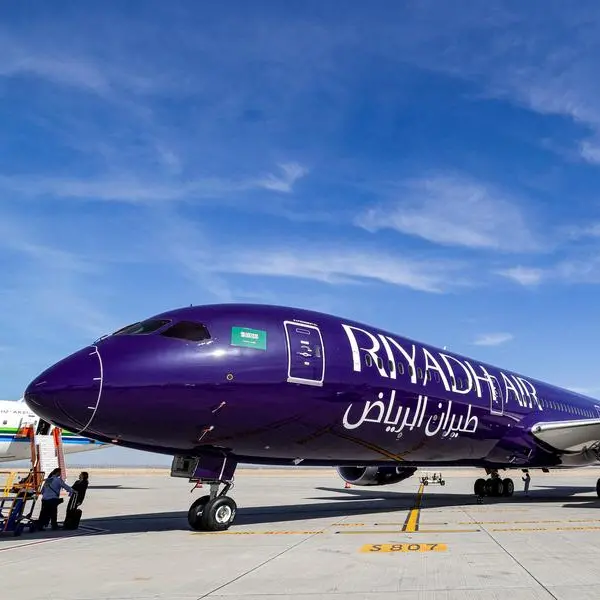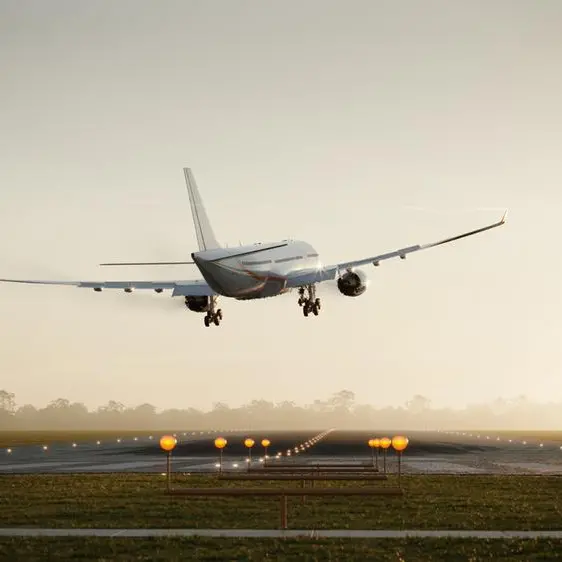PHOTO
On every one of Emirates’ 470 flights that depart each day, all pilots actively use GE FlightPulse, an analytics application that provides vital operational data relating to the safety and fuel efficiency performance of each mission.
Since it was introduced, FlightPulse has been one of the key tools supporting Emirates’ fuel and emissions reduction initiatives, in addition to improving on key safety metrics.
GE’s FlightPulse provides pilots with flight summary data from their individual missions, as well as information on how they operated the aircraft so they can analyse their performance related to key efficiency and safety measures and review and plan for the next flight with data driven insights.
Emirates and GE have developed a customised dashboard with defined KPIs and analysis tailored to the airline’s requirements and operational averages and is available to all pilots and management. FlightPulse also supports Emirates with photo-realistic custom replays of simulations of entire flights, displaying all the operational procedures implemented by pilots in sequential order of the flight path, matching their own flight deck experience.
Emirates initiated the FlightPulse project in 2021, working closely with GE to customise and enhance the tool for its requirements. Today the application has been meticulously enhanced and covers four key areas: fuel efficiency, safety metrics, operational data & analytics, and research accompanied with insights and statistics for every route on the Emirates network.
While this tool is used by other airlines, Emirates was the first airline to deploy it to the entirety of its over 4,000-strong pilot community, keeping them connected to a wealth of airline-specific and individual historical data in one place. Through this highly intuitive tool, pilots are empowered to access their own efficiency metrics, benchmarking themselves to the averages of their peers following every flight they operate, in addition to the ability to retrieve key operational insights for future flight planning, said a statement.
Captain Hassan Al Hammadi, Emirates’ Divisional Senior Vice President Flight Operations remarked on the successful utilisation of the tool: “FlightPulse has helped put data in the hands of our pilots and flight operations teams, making them more connected than ever to enhance operational, safety and fuel efficiency. It not only gives them a retrospective view to reflect on how they can improve, but also equips them when making future operational decisions. We’ve seen remarkable improvements in fuel efficiency and other operational and safety KPIs, and we’ll continue to push this technology forward and enhance it further as part of our commitment to continuous development. This tool has brought about a key shift in flight operations data monitoring, where both management and pilots have transparency and visibility of key operational data related to safety and efficiency. This shift resulted in better collaboration and understanding between management and the pilot community in managing safety and efficiency.”
Captain Esmaeel Hassan Fard, Type Rating Instructor on the B777, uses the tool extensively when operating flights. He said: “When preparing for a flight, I use FlightPulse to review data from my previous flights, focusing on key elements like safety and fuel efficiency. Then, I analyse the specific route and conditions for the upcoming flight using the insights and historical data available for the specific city pairing. This helps me make decisions about fuel management, operational procedures, and any adjustments needed for optimal safety and efficiency during the flight. By benchmarking my performance against fleet-wide standards, I’m motivated to continuously improve when it comes to overall efficiency.”
Capt Abdalla Al Hammadi, Fleet Technical Pilot, A380 expands on how FlightPulse has enhanced his own personal flight metrics: “FlightPulse presents us with performance statistics and data on any of our past flights, allowing us to uncover new areas to optimise operations and efficiency. A new feature was added recently called pre-flight, which allows me to check data for the past 90 days for a particular sector or airport that I will be flying to. Which runway can I expect? Do I expect any holding? This is valuable information that supports my preparation and provides me with the appropriate visibility to adjust my techniques, and ultimately helps me make better decisions when it comes to safety and efficiency.”
Emirates continues to heavily invest in a connected flight deck, and has recently gone paperless, consolidating its operational flight plan and briefing package for each flight through an enhanced version of mBriefing from Lido Systems, a simple application on every pilot’s iPad which presents relevant information for each flight that can be downloaded easily. Pilots can monitor flight progress and join up information through other apps that provide information like enroute weather information, including turbulence forecasts. Historically, this information was distributed on paper to flight deck teams. The airline estimates that 15 million pieces of paper will be saved through the process, it said.
Copyright 2024 Al Hilal Publishing and Marketing Group Provided by SyndiGate Media Inc. (Syndigate.info).
